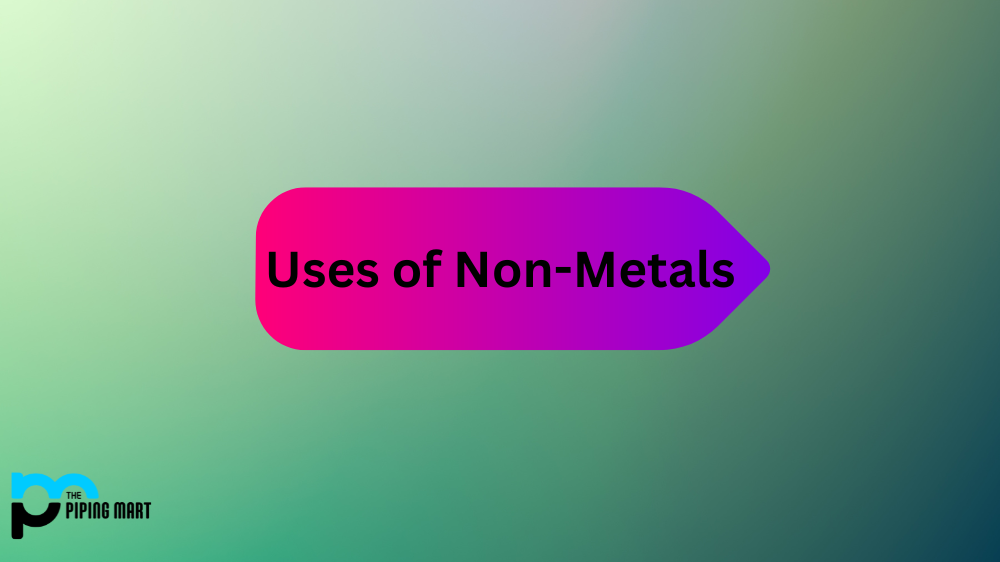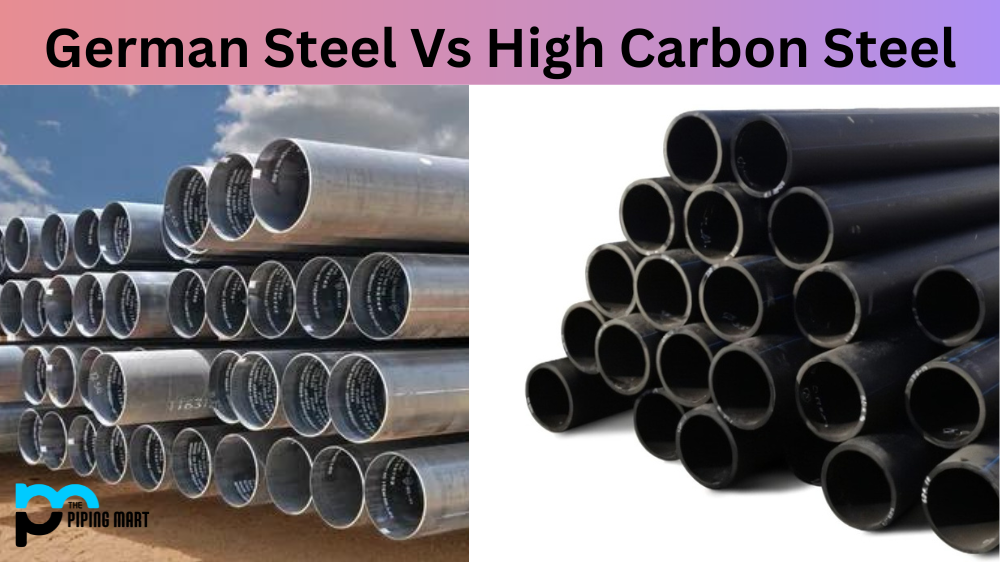Non-metals are elements found on the right side of the periodic table. They include elements such as oxygen, sulfur, and carbon. While some non-metals may have properties similar to those found in metals, many are quite different. In this blog post, we will dive into the unique properties of non-metals and explore ten uses for them in everyday life.
Uses of Non-Metals
Non-metals have many practical uses that benefit our daily lives, from fueling our economy to providing vital materials for specific operations. Some non-metals, like carbon, oxygen and nitrogen are used in everyday items, such as car parts and packaging materials. Other less common non-metals such as silicon and boron are also found in various industries, such as electronics and aerospace where more unique properties and characteristics are desirable for different applications. In addition to industrial use, non-metals can provide food, energy and clothing through different processes. For example, certain non-metals in soil allow plants to process water molecules while others provide insulation properties in the form of wool or cotton fibers. Non-metals even support recreational activities by manufacturing lighter weight bikes or sports equipment with fewer metals involved. Overall, non-metals play a huge role in the world by providing essential materials for industry functions and allowing us to enjoy life’s little pleasures.
- Carbon is used in a variety of forms, including graphite and diamond. Graphite is commonly used to make pencils due to its ability to conduct electricity and create a writing surface. Diamonds are often used in jewelry due to their hardness and sparkle.
- Oxygen is essential for all living things. It is also used in water purification systems as ozone gas which helps reduce bacteria levels in water supplies.
- Sulfur is an important component of gunpowder and is often used as a fertilizer due to its high nutrient content.
- Nitrogen is essential for plant growth, but it can also be used as an inert gas for filling fire extinguishers and tires due to its lack of reactivity with other substances.
- Chlorine can be used as a disinfectant due to its strong oxidizing properties, which help kill bacteria and other microorganisms present in water supplies or swimming pools.
- Phosphorus is an important component of fertilizers due to its ability to stimulate plant growth when applied topically or when added to soil mixtures.
- Silicon can be found in a variety of products, from glassware and computer chips to rubber soles for shoes; it’s even found in some cosmetics like a lip balm!
- Boron compounds have been used since ancient times as medicines, but they can also be combined with other elements like nitrogen or fluorine to create boron nitride, which has excellent thermal stability at high temperatures making it ideal for use in aerospace applications.
- Fluorine has many industrial applications, including being part of refrigerants that help keep our food cold and materials that resist corrosion, such as Teflon pans and coatings on our teeth (fluoride).
- Hydrogen gas has been used since the 1800s as fuel for balloons, but today it’s more commonly seen being utilized by car companies like Toyota, who are creating hydrogen fuel cell cars that produce zero emissions!
Non-metals are used in the production of a variety of products, including plastics; ceramics; glass; rubber, textiles, Lubricants, paints, dyes, etc.
Conclusion:
Non-metals are incredibly versatile elements that have many uses both domestically and industrially. From pencil lead made from graphite to hydrogen fuel cell cars powered by hydrogen gas, non-metals play an integral role in our everyday lives! Understanding the unique properties each non-metal element offers allows us to utilize them more effectively, giving us access to new technologies that make our lives safer and easier!

Abhishek is a seasoned blogger and industry expert, sharing his insights and knowledge on various topics. With his research, Abhishek offers valuable insights and tips for professionals and enthusiasts. Follow him for expert advice on the latest trends and developments in the metal industry.




